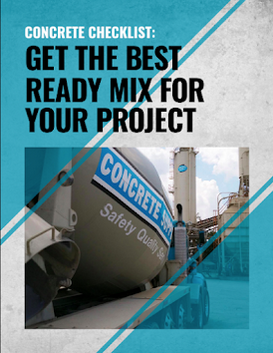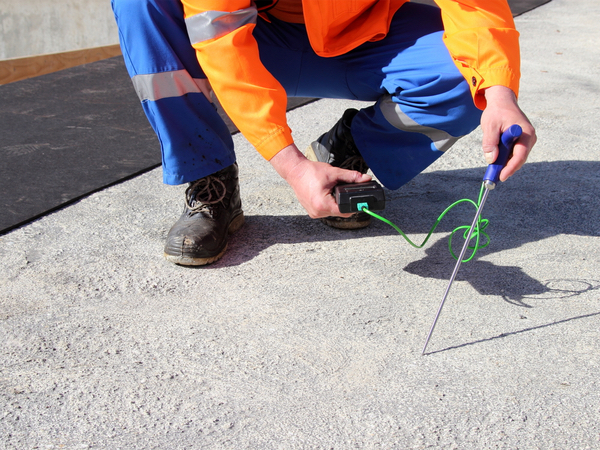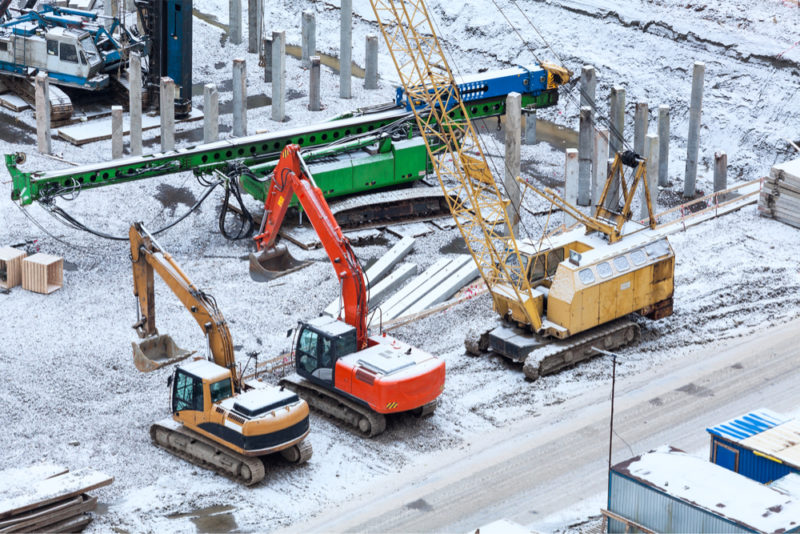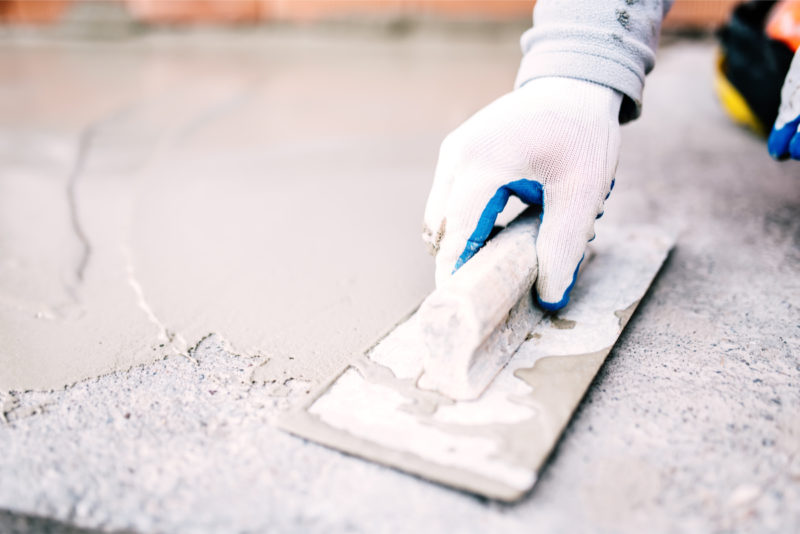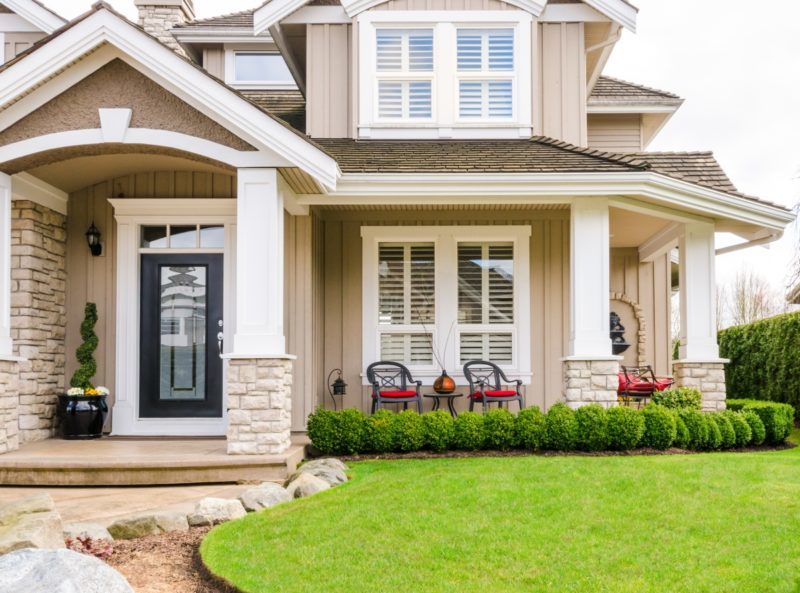Decorative Concrete Techniques and Design Ideas For Your Home’s Patio
How To Upgrade Your Home’s Patio With Decorative Concrete Designs
Summer nights are going to be here before you know it. It’s the time of year to have friends over, fire up the grill and eat dinner on the patio. But is your patio dinner party ready?
There are endless options to update your outdoor living space. From decorative decks, to pergolas, firepits and more, it gets difficult—and expensive—to decide what you want. This is when it pays off to use concrete!
If you’ve been thinking of sprucing up your patio, now’s the time to do it. And we’re here to help! You may not have thought about the different ways that concrete can give your patio the facelift it so badly needs, so we’ve compiled a list of three different decorative concrete techniques and four concrete design ideas to help transform your patio.
Why Choose Concrete Over Other Materials?
Many homeowners choose wood, brick or stone to decorate their patio. While these finishes give a nice touch, the same effect can be achieved with concrete while also achieving many other benefits!
It’s customizable
Concrete can be placed and constructed in a way that mimics stone and brick, and even have the same grain lines as a piece of wood. Plus, stains, pigments and antiquing agents can be applied to give concrete a completely unique look.
Additionally, concrete can be placed in any shape and size, allowing you to fully customize your desired design. The options really are limitless when it comes to decorative concrete techniques.
It’s affordable
Concrete is a much more affordable option than other design options such as stone, too. When you consider that you can get the exact look of stone, for a much lower price, it’s easy to see why concrete is a better option.
It’s durable
When you decide to use concrete for your home’s patio, you’re adding an extension to your home that will last for decades. Concrete is known for its durability, so you’ll be able to enjoy your patio for a lifetime! Not to mention, concrete is highly weather resistant, so it’ll be able to withstand the unpredictable Carolina weather.
3 Decorative Concrete Techniques To Transform Your Patio
Before deciding on what elements you want on your patio, consider the type of texture, finish and color you want your concrete to have.
1. Concrete Color
Concrete can be mixed to the color of your choosing through various pigments or stains.
Pigments can be added to the concrete prior to pouring, allowing the color to fully mix in. These pigments can be in liquid or powder form, and usually, only allow earthy colors such as brown and tan, but green, grey and blue can be added as well.
There are multiple types of concrete stains which can be applied at any point throughout the process. Typically, however, you want the stain to be added quickly after the pouring is complete so the final product is as vibrant as possible. Like pigments, stains come in more subtle, earthy tones. However, acrylic-based stains can add black or white coloring to your patio!
These decorative concrete coloring techniques allow your patio to perfectly complement the architecture of your home, while giving your patio a completely unique and custom look.
2. Concrete Finishes
Consider how much moisture exposure your patio will experience. Do you have a pool? Are you located in an area that receives a lot of rain? Maybe children running back and forth results in unexpected spills? If this is the case, consider a decorative concrete texture that adds more traction for the safest results.
One of the ways to add traction is with a broom finish. A broom finish is used after the concrete has been smoothed to give traction. This is done by dragging a broom across wet concrete, leaving small ridges to give grip.
If you have a pool, a salt finish would be the ideal finish for your concrete. Rock salt is applied to wet concrete, which is later washed away. Once completed, small pits are left behind that give some much-needed traction around the pool.
And remember, finishing your concrete surface with a layer of sealant provides a whole host of benefits!
3. Concrete Texture
While there are multiple different ways to achieve concrete texture, the one we want to focus on is decorative concrete stamping.
Stamping has three main steps: base color, accent color and stamping. Say you want to add a wood-like finish to your patio. You would first choose the color you want the wood to have. Once decided, these colors will be added to the concrete though powder pigments or stains. Next, the design will be stamped.
The concrete is stamped by using patterned “stamps”. The stamps are laid on wet concrete, and the pattern is softly pressed in, allowing the concrete to mold to the pattern. Finally, the stamp is carefully removed and the process is repeated throughout the rest of the surface.
Concrete stamping is a popular method because it can mimic the exact look of stone, brick, wood, tile and more. Plus, concrete stamping is a much more affordable option than using materials like brick, stone and wood.
Want to see stamping in action? Watch this video from HGTV to see how concrete can be transformed into wood-like pallets.
4 Concrete Designs Ideas For Your Patio
Now that you know some of the endless technique options for decorative concrete, it’s time to put them to the test! Here are four ways to transform your patio with concrete design:
1. Stamped Stone-Like Concrete
If you want the look of stone without the cost, go with concrete. Not only is concrete a much more affordable option, but it can be poured in any shape or size to look just like real stone!
The concrete can be manipulated by hand to mimic almost any stone you would choose. This stone-like look will upgrade your patio and give it a true one-of-a-kind look.
2. Tiered Concrete Steps
Decorative concrete steps will also elevate your patio. Adding steps can lead your family or guests to an element such as a pool or firepit, making your patio a directional feature of your home.
3. Colored Borders
Around the patio or walkways, add colored concrete borders to give your patio extra definition. These can also be poured with any texture or finish you want. These borders are a great way to add more personalized touches to your outdoor living space.
4. Concrete Fire Pit
A concrete fire pit can also be poured in any shape, design or texture you desire. A fire pit is a wonderful addition to any home because it gives an extra gathering area for family or guests.
Again, a concrete fire pit will be much more affordable than other options, but will still add a high-end touch to your home. Not to mention the level of safety of a concrete fire pit! The right contractor knows to line concrete fire pits with protective veneer, which may be fire brick grouted with fire clay or a steel ring. This extra level of protection makes a concrete fire pit and safe choice for your home and family.
Upgrade Your Patio With Concrete Supply Co.
When you’re looking to upgrade your residence or patio, trust the team at Concrete Supply Co. to help with your project!
Since 1958, we have been providing ready-mix concrete to projects and transforming areas—big and small—all over the Carolinas. When it comes to concrete, we are your source!
We are ready to help take your patio to the next level with our state-of-the-art concrete. Plus, we value sustainability, so we can keep your project eco-friendly.
Reach out to us so we can talk about the opportunities for concrete to transform your outdoor living spaces!
Want more information about concrete? Download our free guide, Concrete Checklist: Gets The Best Ready Mix For Your Project!

